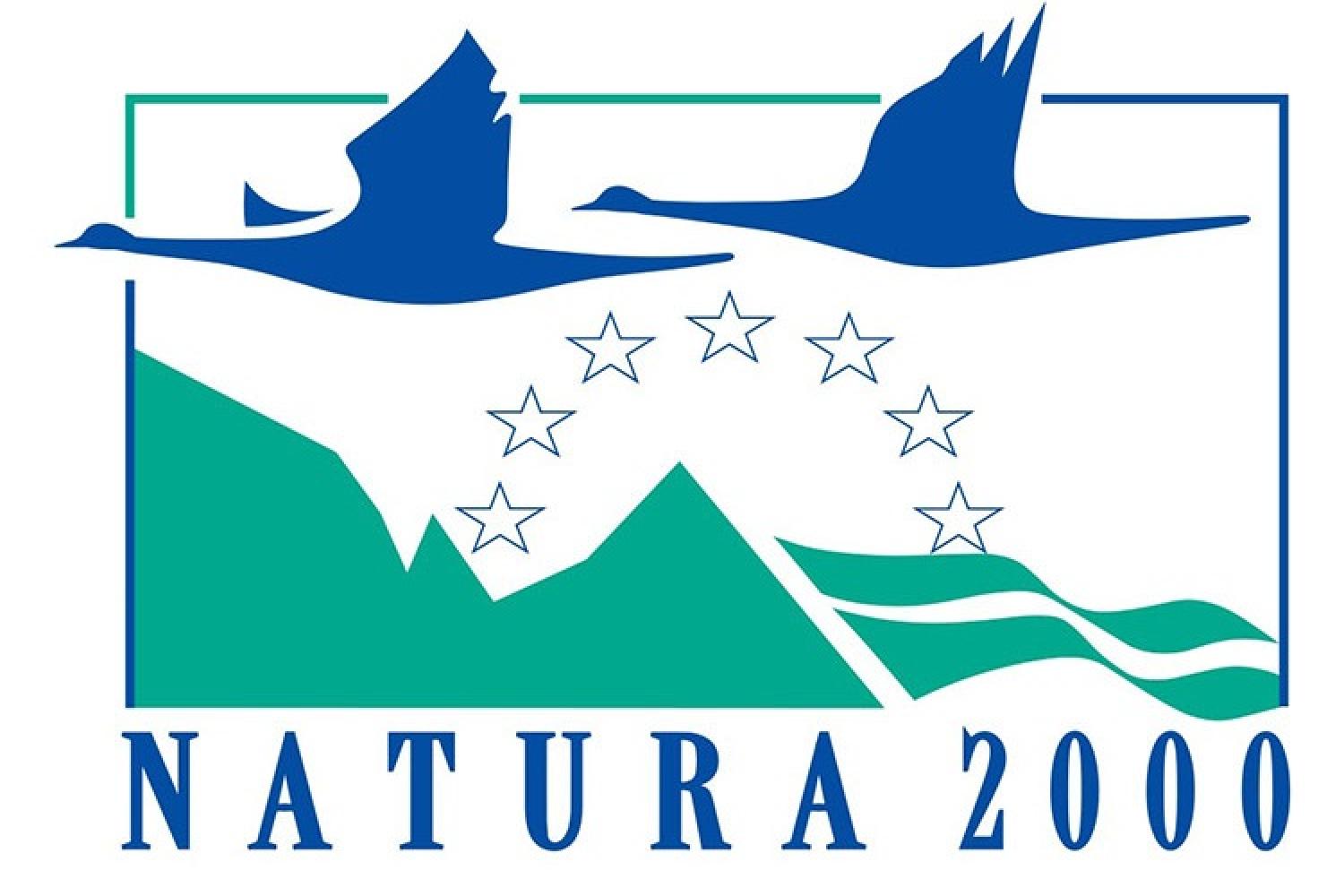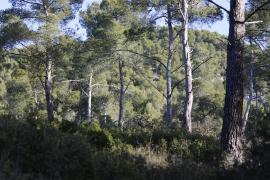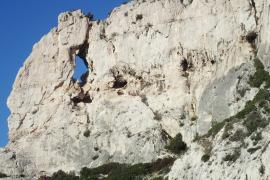The Calanques in a European ecological network
Natura 2000 sites in Europe
The sites are designated by each country in application of two European directives and their appendices specifying lists of habitat species and species habitats that justify the implementation of dedicated measures: the "Birds" directive of 2nd April 1979 and the "Habitats, Faune, Flora" directive of 21 May 1992.
Today, more than 23,781 sites on land (which is 18.15% of the land area of the European Union) and on sea (6% of the sea area of European waters) exist, including 1,776 in France. It is the largest network of protected sites in the world.
More detailed information on the Natura 2000 scheme is available on the following websites:
- Natura 2000 Resource centre website
- DREAL PACA website
- French Ministry for Ecology, Sustainable Development and Energy website.
Natura 2000 and the Calanques National Park
The National Park has three Natura 2000 sites:
- "Marseillaises islands – Cassidaigne"
- "Calanques and Marseillaises islands – Cap Canaille and Grand Caunet massif"
- "Falaises de Vaufrèges".
Following its creation, the Calanques National Park, which includes 85% of the Natura 2000 sites, was designated as the operator for its 3 sites.
Of the 3 Natura 2000 sites in the National Park, 2 priority terrestrial habitats and 1 priority marine habitat and 57 species of community interest (appendices I and II) have been identified.
The site "Marseillaises Islands – Cassidaigne"
The Natura 2000 process began in 2002 with the creation of the FR9312007 "Marseillaises islands – Cassidaigne" site (39,246 hectares) under the "Birds" Directive. The objective document is currently being drawn up.
A total of 8 bird species of community interest have been identified in the special protection zone within the National Park.
The site "Calanques and Marseillaises Islands – Cap Canaille and the Grand Caunet massif"
This was followed by the proposal of the FR9301602 site "Calanques and Marseillaises islands - Cap Canaille and Grand Caunet massif" in 2003 under the "Habitat Fauna, Flora" Directive. Then, as the scope changed, this site, which is both terrestrial and marine (50,015 hectares), was designated a special conservation area in 2014. The objectives document has been validated and its various parts can be downloaded below. The supplement to the objectives document relating to the extended offshore area will be drafted at a later date.
A total of 16 terrestrial and 5 marine habitats of community interest have been identified in the special conservation area within the National Park, and 13 animal and plant species of community interest have been identified, 11 of which are continental and 2 marine.
The "Falaises de Vaufrèges" site
The FR9312018 "Falaises de Vaufrèges" site (165 hectares) was proposed in 2005 under the "Birds" Directive. The objective document is currently being updated.
In the special protection area within the National Park, 16 bird species of community interest have been identified.
Drawing up the objectives document
The management of a Natura 2000 site requires the prior preparation of a document of objectives (DOCOB), a diagnostic tool and strategic guidelines in partnership with the managers and users of the territory, scientists, representatives of nature protection organisations and representatives of the State.
France has opted for a voluntary approach to the contractual management of sites. The DOCOB is drawn up by an operator with the participation of the Calanques National Park's management board and in consultation with local stakeholders in working groups.
The preparation of the DOCOB is carried out in several phases during which different reports are drawn up:
- Volume 0 comprising an inventory of the initial state (ecological and socio-economic diagnosis)
- Volume 1 including the conservation issues and objectives
- Volume 2 including the objectives and management measures
These reports are approved during various stages by the State services (DDTM and DREAL) as well as by scientific experts (National Park Scientific Council). The DOCOB is then approved by the public institution and its management board, who implement the process.








 Video (in French)
Video (in French)